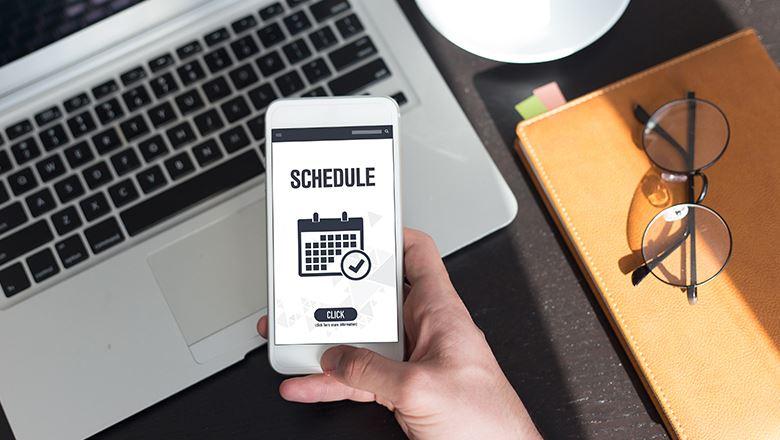Shameka Jennings
Shameka Jennings, MTA, CMP, is director of meetings and partnership development at the National Coalition of STD Directors and an ASAE DELP Scholar.

It can be difficult to keep attendees engaged and interested when they are participating in an event online instead of in-person. Some tips for creating a virtual event agenda that will boost engagement.
With in-person meeting and events on continued hiatus due to coronavirus, virtual conferences are the new normal. Meeting professionals are pivoting and twirling to transition our events to virtual platforms to maintain connection with our communities and bring in revenue to support our organizations. But how do you create virtual meetings that drive attention and engage audiences?
A large answer to that question lies in the agenda design. Virtual event agendas need extra time and thought, as it is a difficult task to keep your attendees interested and engaged when they are not experiencing the event in-person. To help with that part of the planning process, here are five things to keep in mind as you design agendas for your virtual events.
When planning a virtual conference, it is important to start with the end in mind. Design your meeting experience first. Similar to planning in-person events, identify your goals and objectives. Is the event intended to build brand recognition and cachet? Schedule abundant time for the keynote speakers, Q&As, and virtual meet-and-greets. Is networking the goal? Then breakout sessions, ice-breaker activities, and virtual networking events are your focus. Defining your goals and the experience you want to deliver will then inform the design, and features, of your event agenda.
A pre-event survey can help you uncover what attendees’ value in a program so you can design your event agenda to their needs. Having an active role in building the schedule also adds value for some attendees. Some questions you can ask:
Remember that many of your attendees’ lives and routines have changed dramatically. No attendee wants to sit in front of their computer for hours listening to a series of speakers go on and on. Instead of hosting a traditional conference that takes place over three consecutive eight-hour days, consider expanding your conference to five days or nine days where attendance is only required for a few hours daily. In addition, make sure the content is available online for a set time period so participants can interact with the material at their leisure.
This is especially important since your attendees’ time zones may now vary dramatically. For example, you may want to consider starting your sessions at 11:00 a.m. EST/8:00 a.m. PST to accommodate the differences.
Virtual conferences offer a variety of session styles to choose from, include live sessions, prerecorded sessions, and simulive sessions—a combination prerecorded session with a live feature. All come with their own pros and cons. For example, live sessions allow you to interact with speakers, but risk technology failure, while prerecorded sessions allow attendees to view sessions at their convenience but lack an opportunity for engagement.
The great thing about virtual events is that there is no wrong answer. The only thing to think about is how these items can potentially affect the agenda. For example, if you offer prerecorded sessions, you could release them separate from your formal conference agenda, so you are able to share more live or simulive content. Additionally, you can offer corresponding live Q&A sessions to mitigate technical difficulties but still allow for engagement with session speakers.
In addition to food and bathroom breaks, unstructured time between sessions allows attendees to catch up on email, check-in with others who may also be sharing the “conference space,” take a break from sitting in front of a computer, and prepare for the next round of activities. Encourage attendees to take breaks—and make it clear that downtime is encouraged by providing this time within the agenda. Mindfulness exercises, yoga breaks, and non-work activities give attendees a sense of action—but help them unwind and take in more without burning out.
Do not forget that speakers and presenters need time to prepare between sessions as well. Logging into the virtual platform seamlessly, testing technology, and preparing slides ahead of their scheduled sessions is vital to a smooth session delivery. With these considerations in mind, I hope you are ready to design a thoughtful and impactful event agenda.